
Raw silk is no longer just an exotic fabric for luxury goods—it’s a strategic material in fashion, home textiles, and even biomedical industries. But sourcing it? That’s where the complexity begins. With rising global demand and a growing emphasis on sustainable procurement, brands and wholesalers now face a tough question: How do you choose the right country, supplier, and quality benchmark for raw silk fabric sourcing? Raw silk fabric sourcing requires understanding the differences in quality, origin, and supplier credibility. China, India, and Uzbekistan lead global raw silk production, with variations in texture, price, and sustainability. Evaluating supplier certifications, sericulture methods, and minimum order terms ensures reliable sourcing for B2B buyers.
If you’re navigating the global silk trade maze for your brand or textile business, this guide will break down exactly what to look for, where to source from, and how to avoid costly mistakes. We’ll even share examples of sourcing gone right—and wrong. Let’s unravel the silk sourcing journey together.
What Is Raw Silk Fabric and How Is It Different from Finished Silk?

Raw silk is silk in its natural, unprocessed state, which retains sericin—the protein gum that gives it a slightly coarse texture and matte sheen. Unlike finished silk, raw silk is not yet degummed, dyed, or refined, making it ideal for industrial use, sustainable fashion, or further processing.
Understanding Raw Silk vs. Finished Silk
1. Composition & Texture
| Feature | Raw Silk | Finished Silk |
|---|---|---|
| Sericin Presence | Retained | Removed |
| Texture | Slightly coarse, nubby | Smooth, glossy |
| Natural Color | Yellowish or ivory | Often bleached or dyed |
| Typical Use Cases | Garment linings, craft fabrics, eco fashion | Luxury garments, drapes, accessories |
Raw silk is preferred for brands that want a tactile, more organic look. This makes it a favorite among minimalist clothing labels, sustainable designers, and artisan textile creators.
2. Processing Path
- Raw Silk: Harvested → Reeled from cocoons → Twisted → Bundled → Sold as greige fabric or yarn.
- Finished Silk: Raw silk → Degummed → Dyed → Finished → Cut & sewn.
3. Cost & Market Position
Raw silk is usually 20–30% cheaper than processed silk per kg due to lower processing cost, but it requires more steps at the buyer’s end.
4. When to Choose Raw Silk:
- You want full control over fabric finishing
- You’re producing natural-dye textiles
- You’re sourcing for industrial/non-apparel use
Which Countries Are the Top Producers of Raw Silk Fabric Today?
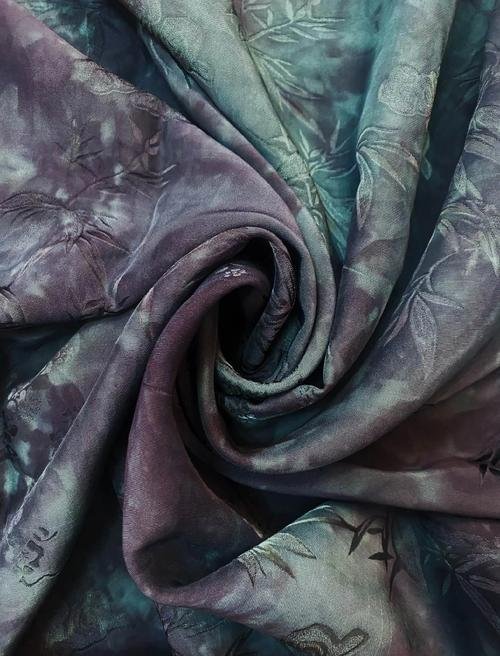
China, India, and Uzbekistan are the top raw silk-producing countries, contributing over 90% of global production. Each offers different quality grades, pricing, and lead times, making them suitable for different buyer needs.
Comparing Global Raw Silk Supply Markets
1. Production Volume & Market Share
| Country | 2024 Est. Annual Raw Silk Production | Global Market Share | Key Advantages |
|---|---|---|---|
| China | 150,000 tons | 60% | Highest output, diverse grades |
| India | 35,000 tons | 25% | Organic & wild silk availability |
| Uzbekistan | 12,000 tons | 5% | State-supported sericulture |
| Vietnam | 8,000 tons | 3% | Fast-growing exporter |
| Thailand | 3,000 tons | 1% | High-end traditional hand-reeling |
2. Country-Specific Strengths
- China: Offers the widest variety of raw silk types, from high-grade mulberry to spun silk. Major provinces: Zhejiang, Jiangsu, Sichuan.
- India: Known for Tasar, Eri, and Muga silk—used for eco-fashion and Ayurvedic textiles.
- Uzbekistan: Offers large-scale bulk production at lower costs due to government subsidies and centralized farming.
3. Lead Times & Logistics
- China: 2–4 weeks standard lead time; strong port infrastructure (Shanghai, Shenzhen).
- India: 3–6 weeks; varies by state and whether the silk is wild or cultivated.
- Uzbekistan: 3–8 weeks; may require coordination with freight forwarders due to inland geography.
4. B2B Insights: Supplier Vetting Tips
- Ask for recent SGS or OEKO-TEX certificates
- Verify sericulture method: Is it hand-reeled, machine-reeled, or spun?
- Request pre-shipment samples and examine sericin content
A European fashion label in 2023 sourced raw silk from Zhejiang, China, and India’s Assam region. After lab testing, Chinese silk showed higher tensile strength (ideal for drapery), while Indian Tasar was richer in color retention, suiting hand-dyed fashionwear.
How Do You Evaluate the Quality of Raw Silk from Different Suppliers?

The quality of raw silk is evaluated through visual inspection, fiber strength, uniformity of filament, sericin content, and the absence of impurities or neps. Certifications like ISO 9001, OEKO-TEX, and SGS reports also serve as objective supplier quality benchmarks.
A Multi-Factor Approach to Raw Silk Quality
1. Visual & Tactile Indicators
| Indicator | High-Quality Raw Silk | Low-Quality Raw Silk |
|---|---|---|
| Luster | Subtle matte sheen, consistent | Dull or uneven light reflection |
| Texture | Smooth with natural slub (nubby texture) | Rough, irregular slubs |
| Color | Even ivory or pale yellow | Spotted, greyish, or contaminated |
| Odor | Mild, natural smell | Musty or chemical-treated |
2. Technical Test Benchmarks
| Test Metric | Standard for Premium Raw Silk | Notes |
|---|---|---|
| Denier Consistency | 20D–30D uniform filament | Thinner = finer quality |
| Elongation (%) | 15–20% | Higher = stronger drape and stretch |
| Sericin Content (%) | 15–30% | Retained for “raw” texture |
| Impurity % | <2% impurities | Important for clean dyeing/finishing |
3. Certifications to Request
- OEKO-TEX Standard 100 – For harmful substance testing
- ISO 9001 – For production consistency
- SGS/BV/Intertek Reports – For lab-grade performance metrics
- CITES License (if sourcing wild silk species)
4. Factory Visit Checklist
- Check cocoon storage for hygiene
- Observe reeling methods—manual reeling yields longer, finer threads
- Inspect bundling and packaging for contamination control
A U.S.-based wedding dress manufacturer rejected a batch from a previously trusted Indian supplier when they discovered sericin content had dropped to 8%, causing issues with dye penetration. After switching to a Chinese supplier using automated sericulture with consistent degumming options, the issue was resolved and fabric rejections dropped by 40%.
What Are the Key Types of Raw Silk and Their Industrial Applications?
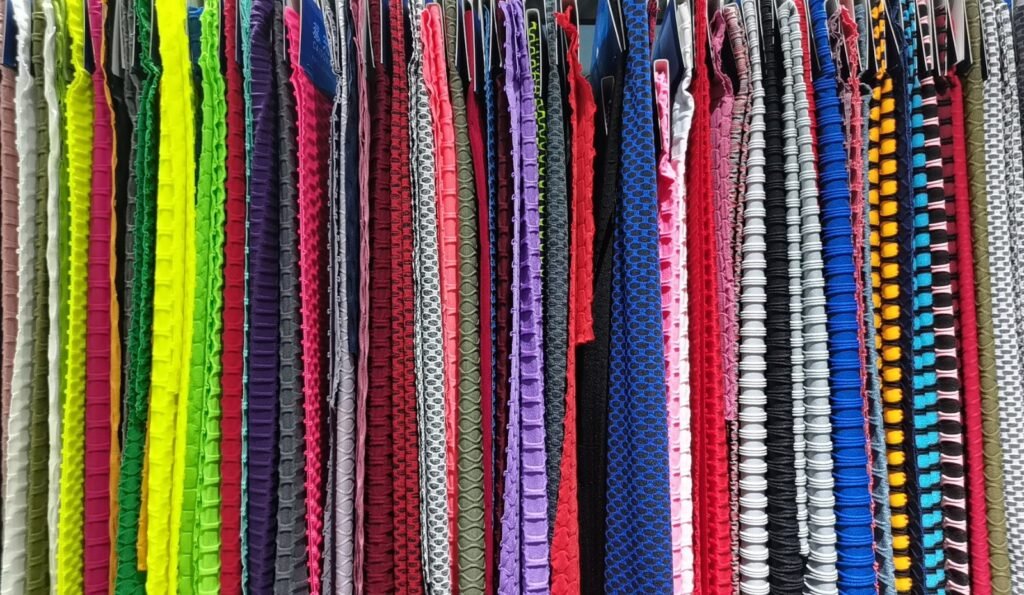
The main types of raw silk include mulberry silk, eri silk, tasar silk, muga silk, and spun silk. Each type serves specific applications ranging from high-fashion garments and medical textiles to industrial insulation and craft materials.
Raw Silk Types & Their Ideal Use Cases
1. Mulberry Silk
- Source: Bombyx mori (domesticated silkworm)
- Texture: Smooth, strong, uniform
- Applications: Fashion apparel, scarves, bridal gowns
- Major Producers: China, Vietnam, Thailand
| Feature | Value |
|---|---|
| Strength | High (300–400 MPa tensile) |
| Color Uniformity | Excellent |
| Dye Absorption | High |
| Price (USD/kg) | \$45–\$65 |
2. Eri Silk
- Source: Samia ricini (open-mouthed cocoon, non-violent extraction)
- Texture: Wool-like, coarse but soft
- Applications: Winterwear, sustainable/vegan silk garments
- Major Producers: India, Bhutan
| Feature | Value |
|---|---|
| Insulation | High, breathable |
| Sericin Level | Retained, excellent for skincare garments |
| Ethical Score | High (non-violent reeling) |
| Price (USD/kg) | \$30–\$40 |
3. Tasar Silk
- Source: Wild silkworms (Antheraea mylitta)
- Texture: Coarse, coppery tone
- Applications: Handwoven textiles, tribal fabrics
- Major Producers: India
| Feature | Value |
|---|---|
| Strength | Moderate, rustic feel |
| Natural Luster | Distinctive bronze sheen |
| Price (USD/kg) | \$25–\$35 |
4. Muga Silk
- Source: Antheraea assamensis (Assam silkworm)
- Texture: Fine, glossy, golden hue
- Applications: High-end sarees, traditional formalwear
- Producer: India (Assam only)
| Feature | Value |
|---|---|
| Durability | Very high, can last 30+ years |
| Cultural Value | Extremely high, limited production |
| Price (USD/kg) | \$100–\$150 |
5. Spun Silk
- Source: Shorter fibers & waste from reeling
- Texture: Cottony but smooth
- Applications: Lining, budget-friendly silk clothes
- Producers: China, India
| Feature | Value |
|---|---|
| Cost Efficiency | Highest |
| Sheen | Low |
| Strength | Lower than filament silk |
| Price (USD/kg) | \$12–\$20 |
Mulberry silk remains the global favorite due to its high consistency, but demand for Eri and Tasar silk is rising among ethical brands and winterwear labels.
Is Chinese Raw Silk Still the Global Standard for B2B Buyers?
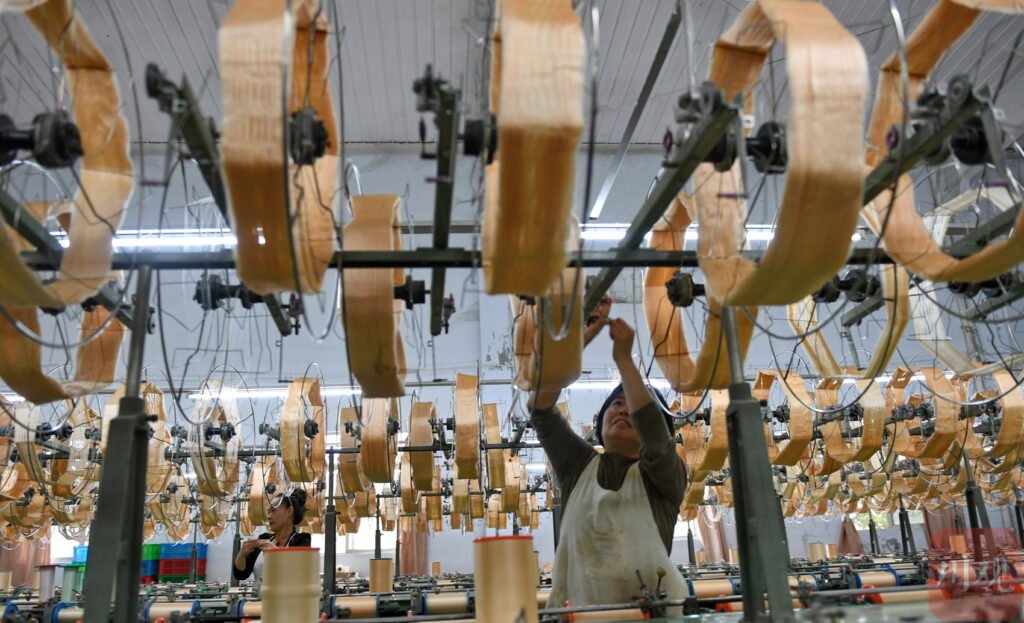
Yes, Chinese raw silk remains the global benchmark in terms of volume, price stability, variety, and quality consistency. China leads the market with advanced sericulture technology, well-established logistics, and vast export infrastructure, making it the first choice for many international B2B buyers.
China’s Position in the Global Raw Silk Market
1. Historical Leadership in Silk
China’s dominance in the silk industry dates back over 5,000 years. The modern silk supply chain in China has evolved from small sericulture villages to vertically integrated industrial clusters. Key raw silk-producing provinces include:
- Zhejiang (high-grade mulberry)
- Sichuan (bulk producers for spinning)
- Jiangsu (finishing and dyeing expertise)
2. Export Data Snapshot
| Year | China’s Raw Silk Export Volume (tons) | Top Export Markets | Average FOB Price (USD/kg) |
|---|---|---|---|
| 2021 | 91,000 | Italy, Japan, India, USA | \$44 |
| 2022 | 96,000 | South Korea, Vietnam, Germany | \$46 |
| 2023 | 102,500 | Bangladesh, UK, Brazil | \$48 |
3. Why B2B Buyers Trust Chinese Suppliers
- Stable Pricing: Due to economies of scale and government subsidies.
- Custom Orders at Scale: Large factories allow for custom weaving, reeling, and even silk-blending with nylon or modal.
- Shorter Lead Times: Orders under 5 tons can be fulfilled in as little as 2 weeks.
- Certifications: Most Tier-1 suppliers are ISO 9001, OEKO-TEX, and GOTS compliant.
4. Challenges to Consider
| Risk | Mitigation Tactic |
|---|---|
| Regional lockdowns (e.g., COVID-19) | Work with suppliers in multiple provinces for redundancy |
| MOQ enforcement | Negotiate with smaller mills in Guangxi or Anhui |
| Lack of transparency | Use third-party auditors (SGS, Intertek) |
A Canadian high-end brand reduced their defect rate from 7.2% to 1.5% by switching from Indian raw silk to a certified supplier in Hangzhou. The Chinese mill also offered pre-treatment services, saving the buyer 10% in downstream finishing costs.
What MOQ and Lead Times Should You Expect from Raw Silk Suppliers?
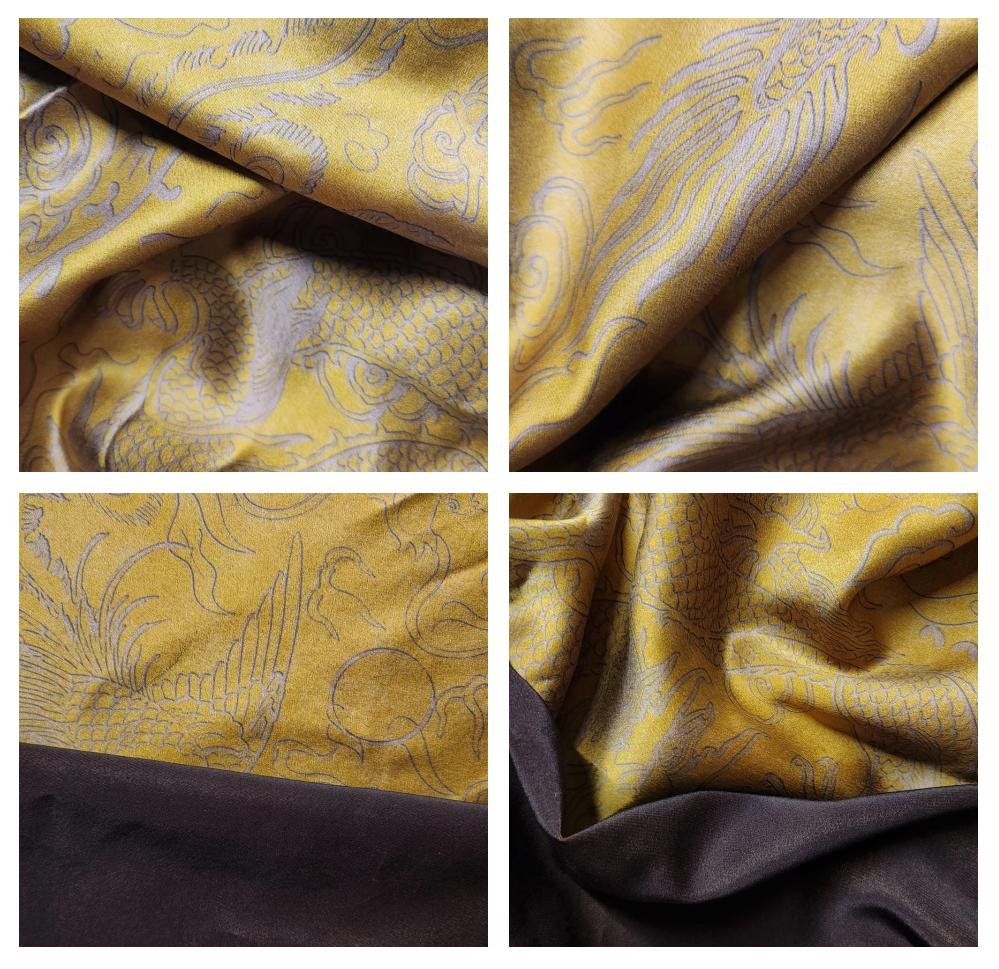
Minimum order quantities (MOQ) for raw silk generally start at 50–100 kilograms, with lead times ranging from 2 to 8 weeks depending on country, processing type, and customization needs. Chinese suppliers offer the most flexibility in MOQ and the fastest turnaround, while Indian and Uzbek suppliers may require longer production windows.
MOQ & Lead Time Benchmarks for B2B Procurement
1. MOQ Comparison by Country
| Country | Standard MOQ (kg) | Custom MOQ (negotiable) | Notes |
|---|---|---|---|
| China | 50 | 25 (with higher price) | Flexible with regular clients |
| India | 100 | 50 (with longer lead time) | Wild silk types like Eri often have fixed MOQs |
| Uzbekistan | 150 | Rarely negotiable | Large state-owned farms cater to bulk buyers only |
| Vietnam | 30 | 10 (for test orders) | Emerging player with strong D2C interest |
| Thailand | 10–20 | 5 (for artisan fabrics) | Common for boutique brands or handwoven products |
2. Lead Time Comparison by Order Type
| Order Type | Average Lead Time | Countries with Fastest Fulfillment |
|---|---|---|
| Stock raw silk (undyed) | 7–14 days | China, Vietnam |
| Custom yarn reeling | 2–4 weeks | China, India |
| Wild silk orders (Tasar, Eri) | 4–6 weeks | India |
| Dyed & bundled raw silk | 5–8 weeks | China, Uzbekistan |
3. Shipping Considerations
| Region | Best Freight Option | Avg. Time (Sea Freight) | Avg. Time (Air Freight) |
|---|---|---|---|
| North America | Sea from Shanghai/Ningbo | 20–30 days | 5–7 days |
| Europe | Rail from Central China | 18–24 days | 6–8 days |
| South Asia | Road from India or Air | 7–10 days | 3–5 days |
4. MOQ Optimization Tips for Small Buyers
- Consolidate orders with other buyers via agents
- Request sample packs (5–10 kg) to test quality
- Use third-party logistics warehouses for flexible delivery
- Join supplier’s B2B buyer programs for discounts on repeat orders
SzoneierFabrics, for example, offers raw silk MOQ as low as 25 kg for qualified buyers, with free sampling and 2-week lead time for in-stock colors—a solid option for small brands or prototype runs.
How Do You Ensure Ethical and Sustainable Raw Silk Sourcing?
To ensure ethical and sustainable sourcing of raw silk, buyers must evaluate the sericulture practices, labor conditions, environmental certifications, and traceability systems of their suppliers. Non-violent silk options like Eri, GOTS certification, and supply chain transparency are essential criteria for eco-conscious brands.
Building an Ethical Raw Silk Supply Chain
1. Non-Violent Silk Options
- Eri Silk (“Ahimsa Silk”): Extracted after the moth leaves the cocoon. Popular among vegan and cruelty-free brands.
- Tussar and Wild Silk: Often collected from open forests, supporting tribal communities with sustainable livelihoods.
| Silk Type | Moth Killed in Reeling? | Ethical Score | Ideal Use Case |
|---|---|---|---|
| Mulberry | Yes | Medium | Luxury fashion, accessories |
| Eri | No | High | Vegan clothing, scarves |
| Tasar | Sometimes | Medium–High | Tribal textiles, artisanal goods |
2. Certifications to Look For
| Certification | What It Verifies | Issued By |
|---|---|---|
| GOTS | Organic status, chemical use, fair labor | Global Organic Textile Standard |
| OEKO-TEX | Free from harmful substances | Hohenstein Institute, etc. |
| WFTO | Fair trade principles, living wages | World Fair Trade Organization |
| REACH | Compliance with EU chemical safety regulations | European Chemicals Agency |
3. Traceability Practices
- Blockchain tracking for cocoon-to-yarn visibility
- Supplier declarations on pesticide and dye usage
- Batch numbering systems linked to farm origin
In 2022, a Scandinavian loungewear brand began sourcing Eri silk from a WFTO-certified Indian cooperative. Customer loyalty increased by 28%, and the company was featured in “Sustainable Textile Business Weekly” for its ethical procurement strategy.
4. Environmental Impact Considerations
| Impact Area | Best Practice |
|---|---|
| Water usage | Use of rain-fed mulberry plantations |
| Pesticide control | Organic feed for silkworms |
| Waste management | Reuse of sericin byproducts for cosmetics |
| Carbon emissions | Localized spinning and weaving |
What Certifications and Quality Benchmarks Should You Look For When Sourcing Raw Silk?
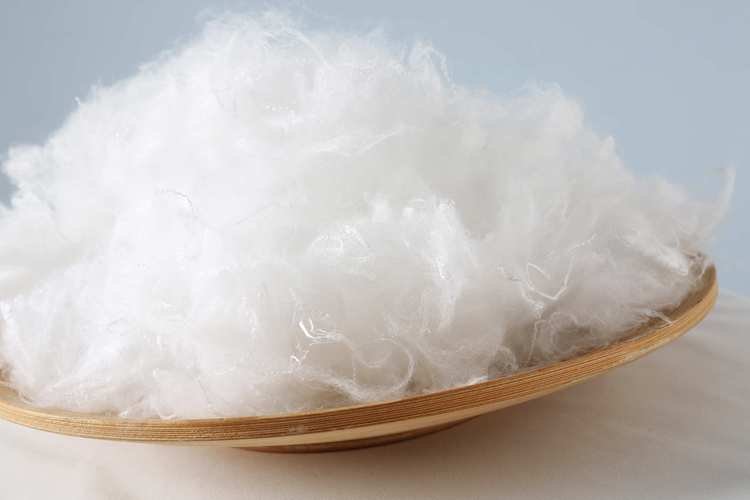
When sourcing raw silk, prioritize certifications such as OEKO-TEX, GOTS, ISO 9001, and REACH compliance. These assure fabric safety, consistent quality, sustainable processing, and global market eligibility for B2B exports.
Certification Deep-Dive for B2B Silk Buyers
1. Top Certifications Explained
| Certification | Key Focus Areas | Validity | Applicability |
|---|---|---|---|
| OEKO-TEX 100 | Tests for 100+ harmful chemicals | 1 year | Finished and raw textiles |
| GOTS | Organic fibers + social criteria | 1 year | Full production chain |
| ISO 9001 | Quality management systems | 3 years | Supplier factory operations |
| REACH | EU chemical safety compliance | Ongoing | Required for EU import |
| BSCI/SA8000 | Ethical labor & workplace audits | 1–3 years | Social compliance verification |
2. Requesting and Verifying Certifications
- Ask for scanned certificates with date stamps
- Contact certifying body to cross-check authenticity
- Request batch-level compliance records for large orders
- Inquire about renewal dates to ensure current validity
3. Factory Audit Checklist for Buyers
| Audit Item | Why It Matters |
|---|---|
| Silk Reeling Environment | Cleanliness impacts yarn purity |
| Water Treatment Facilities | Proof of eco-processing |
| Child Labor & Wages | Avoid unethical sourcing practices |
| Worker Health & Safety | Reduces supply disruption risk |
| Traceability & Record Keeping | Enhances brand reputation |
Many Chinese and Indian suppliers can provide certifications upon request but won’t display them publicly. If you’re working with a supplier like SzoneierFabrics, simply request these documents during quotation—they’re often ready to share and update annually.
Start Your Raw Silk Sourcing Journey with SzoneierFabrics
If you’re a brand owner, wholesaler, or fabric buyer navigating the global silk market, your supply chain decisions directly impact product quality, consumer trust, and long-term profitability. Whether you need high-grade mulberry raw silk for luxury garments or low-MOQ Eri silk for sustainable fashion, partnering with a reliable and transparent supplier is everything.
At SzoneierFabrics, we help B2B clients worldwide source raw silk with confidence. Here’s what you can expect:
- ✅ Custom raw silk options: Mulberry, Eri, Tasar, Spun
- ✅ Free samples & low MOQs starting from just 25kg
- ✅ Fast sampling & delivery in as little as 2 weeks
- ✅ Full certification support: OEKO-TEX, GOTS, ISO 9001
- ✅ 100% quality guarantee with traceability on every batch
📩 Ready to get started? Contact us today via Info@szoneierfabrics.com or call us at (+86) 13823134897 to request samples, pricing, or a custom quote tailored to your sourcing needs.
Or visit: https://szoneierfabrics.com to explore our raw silk portfolio and start customizing your next fabric order.

